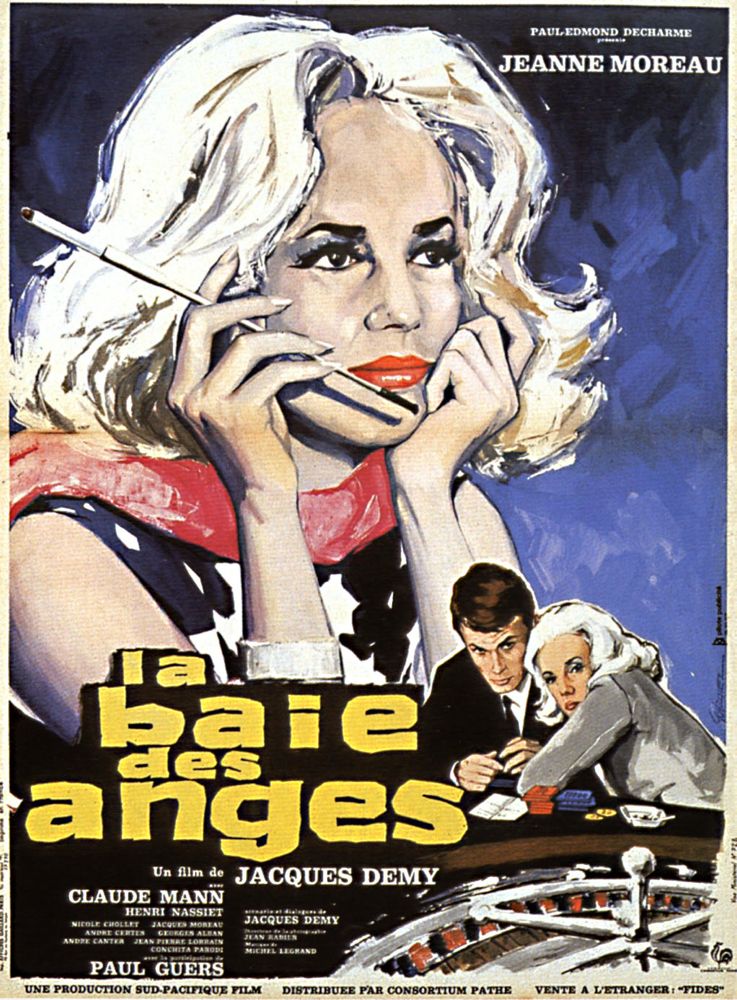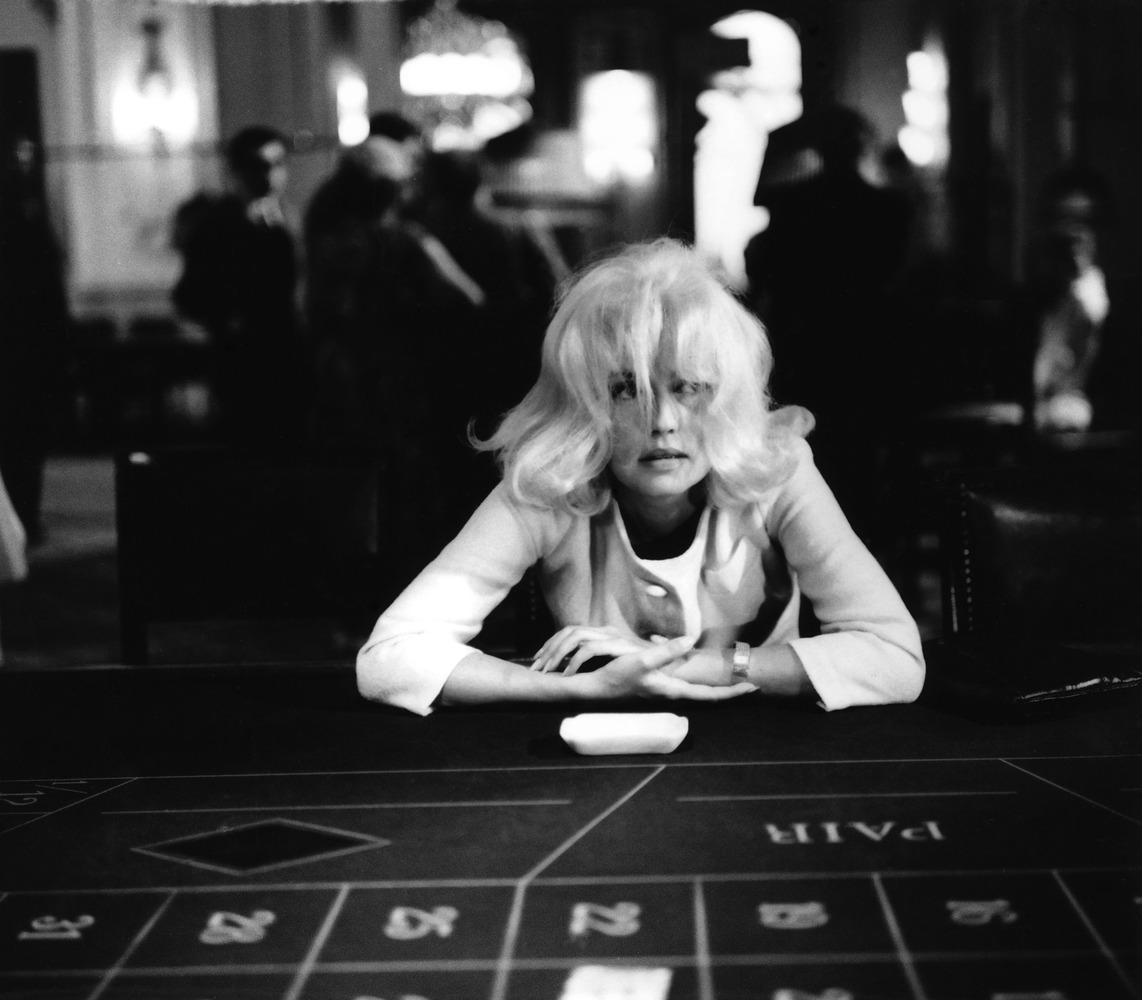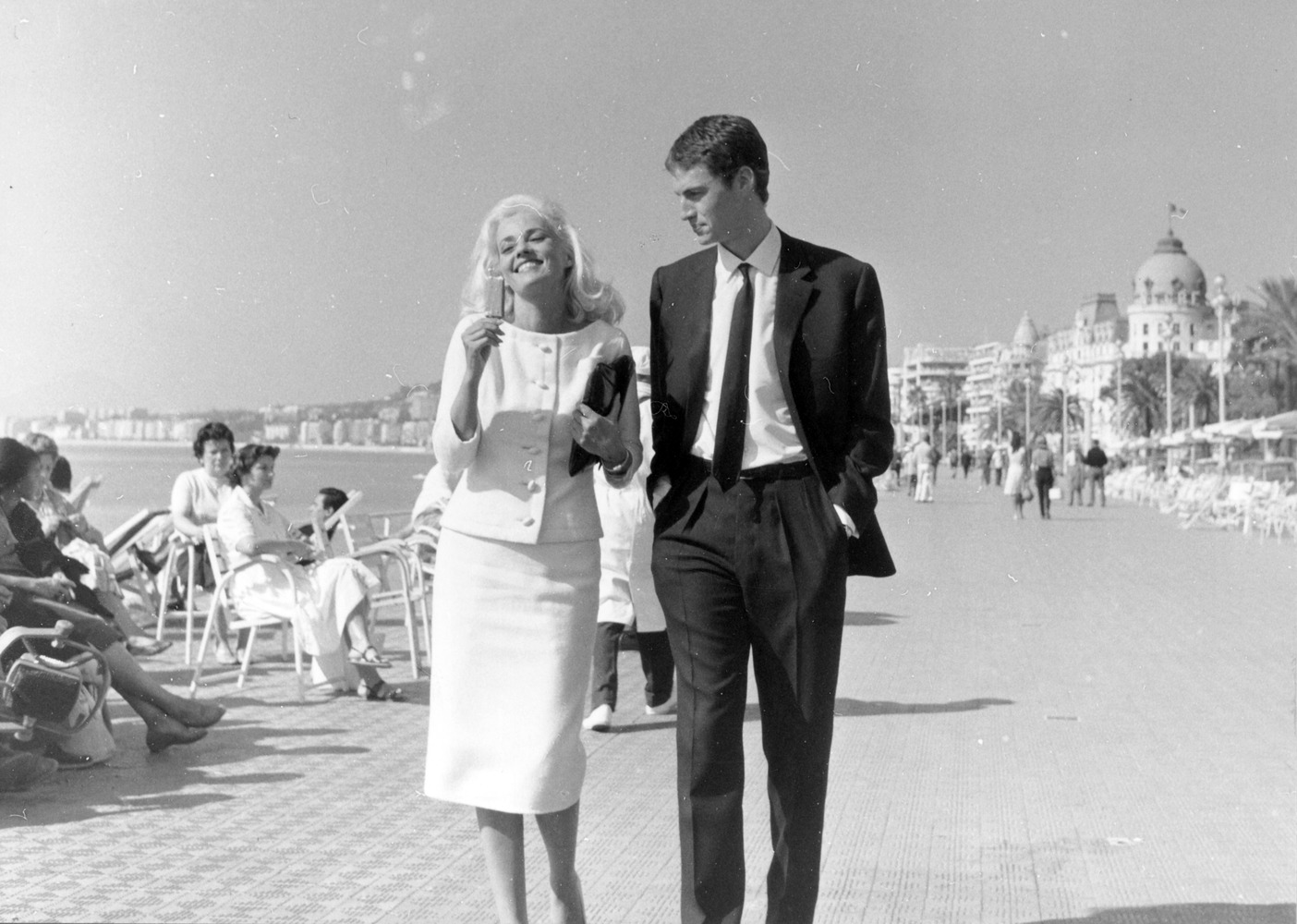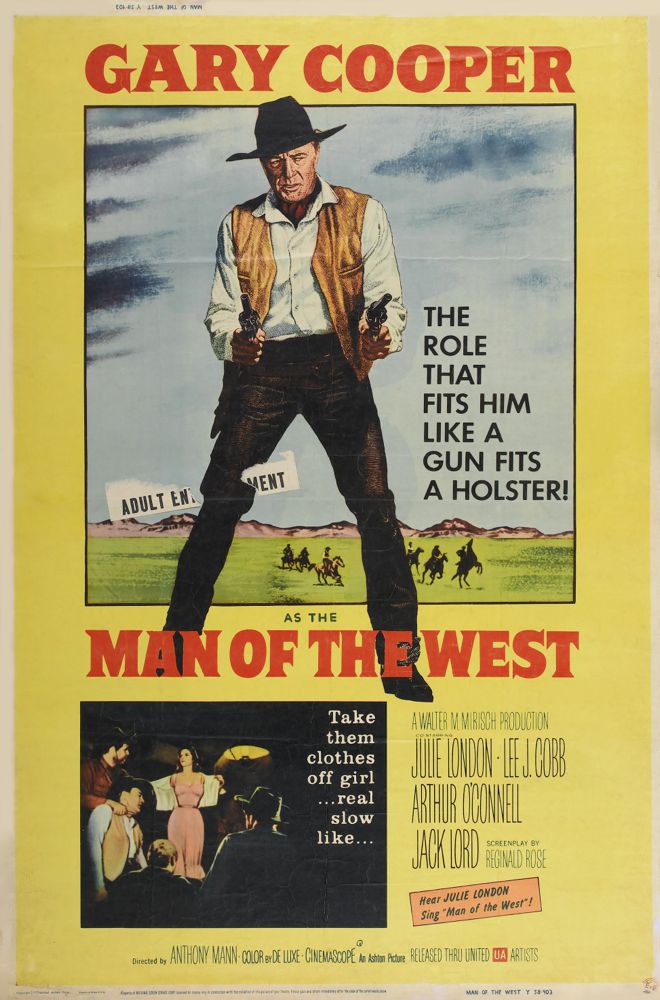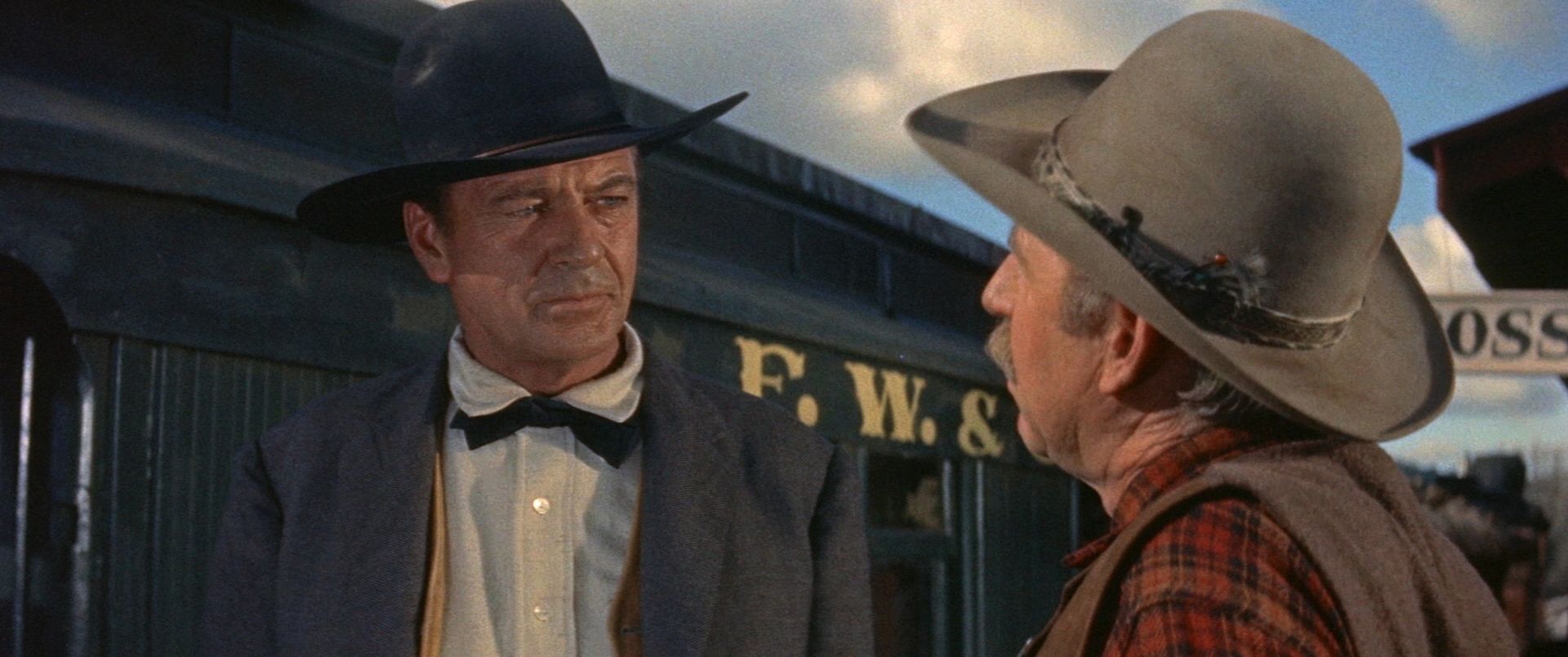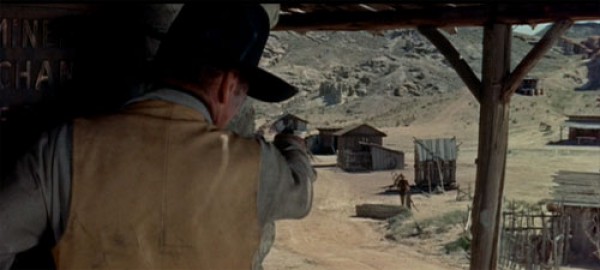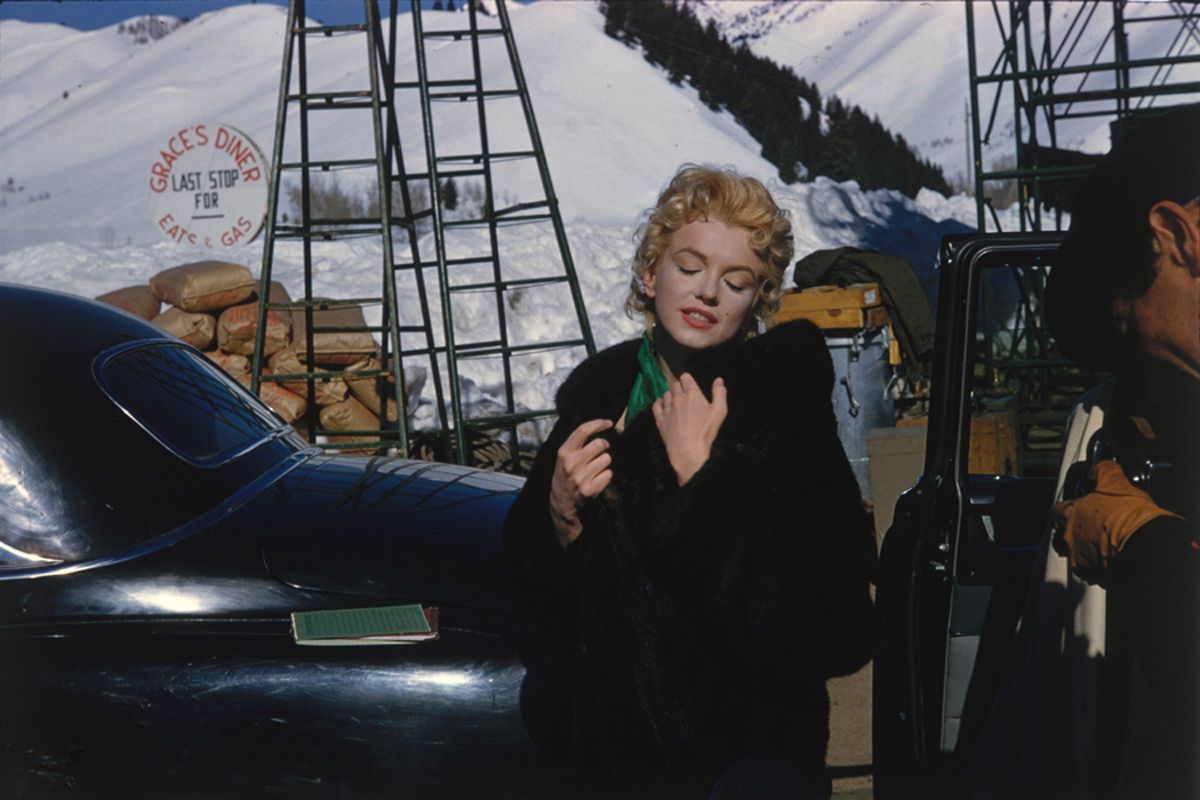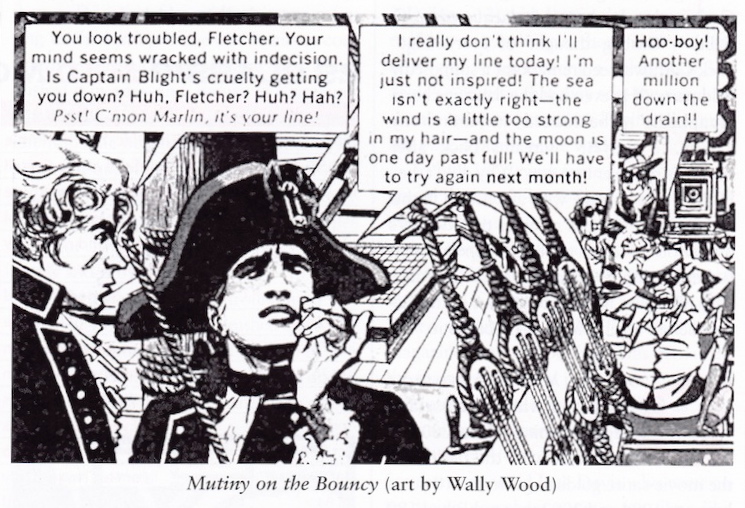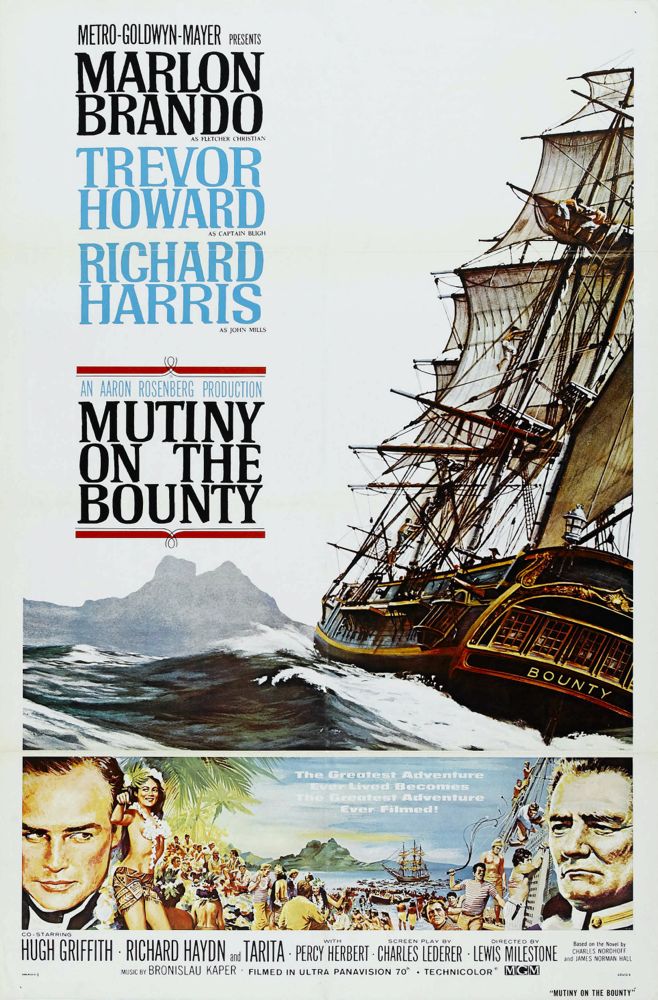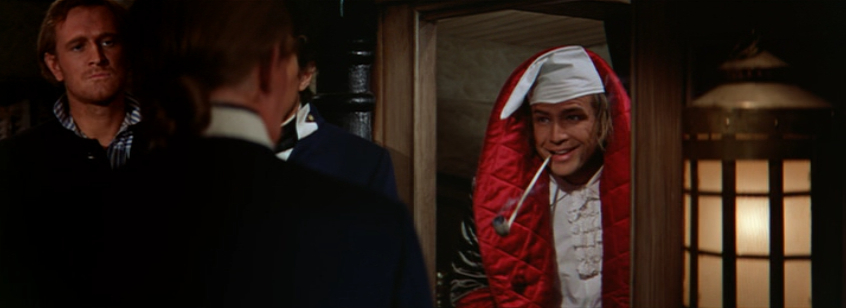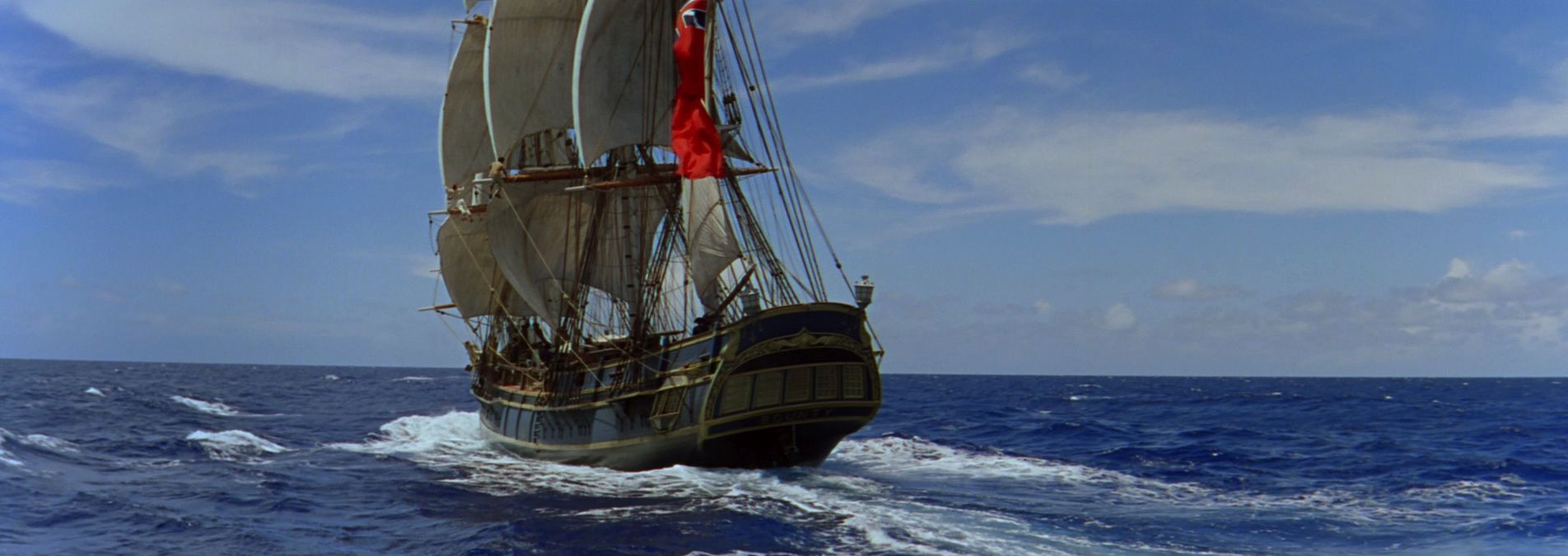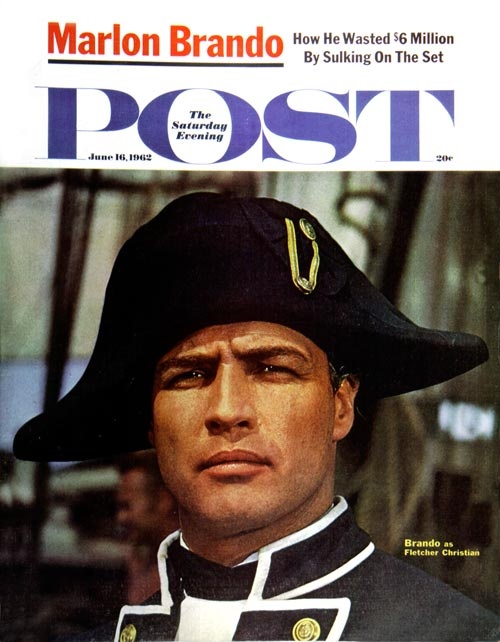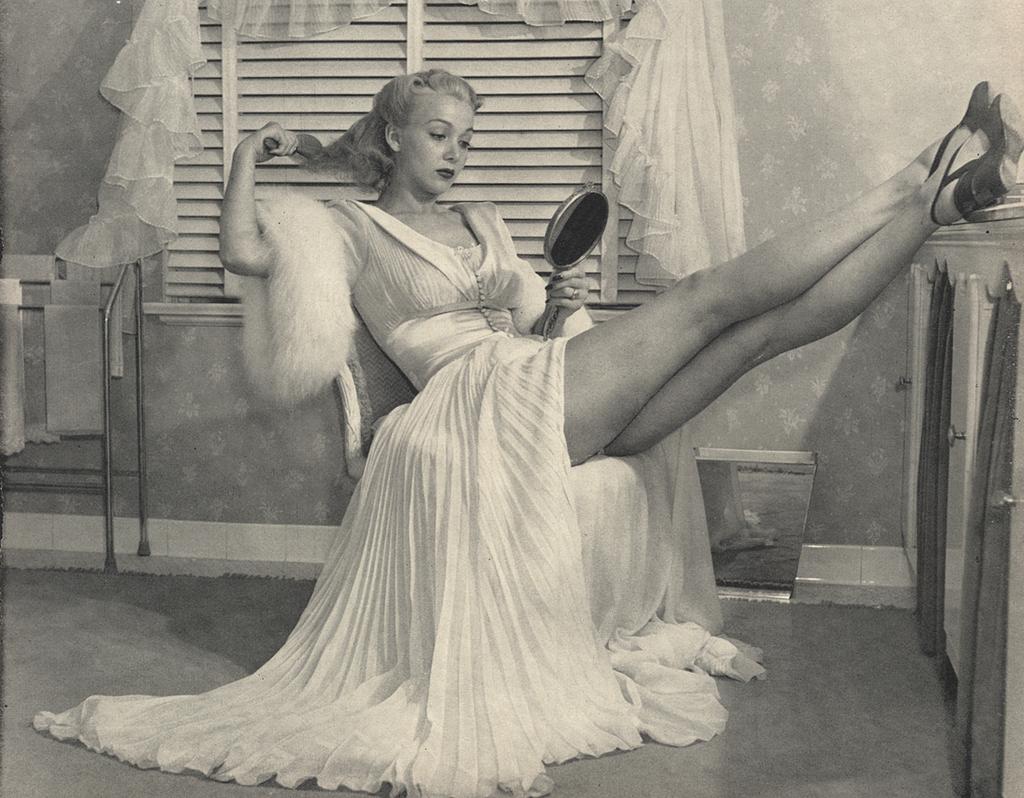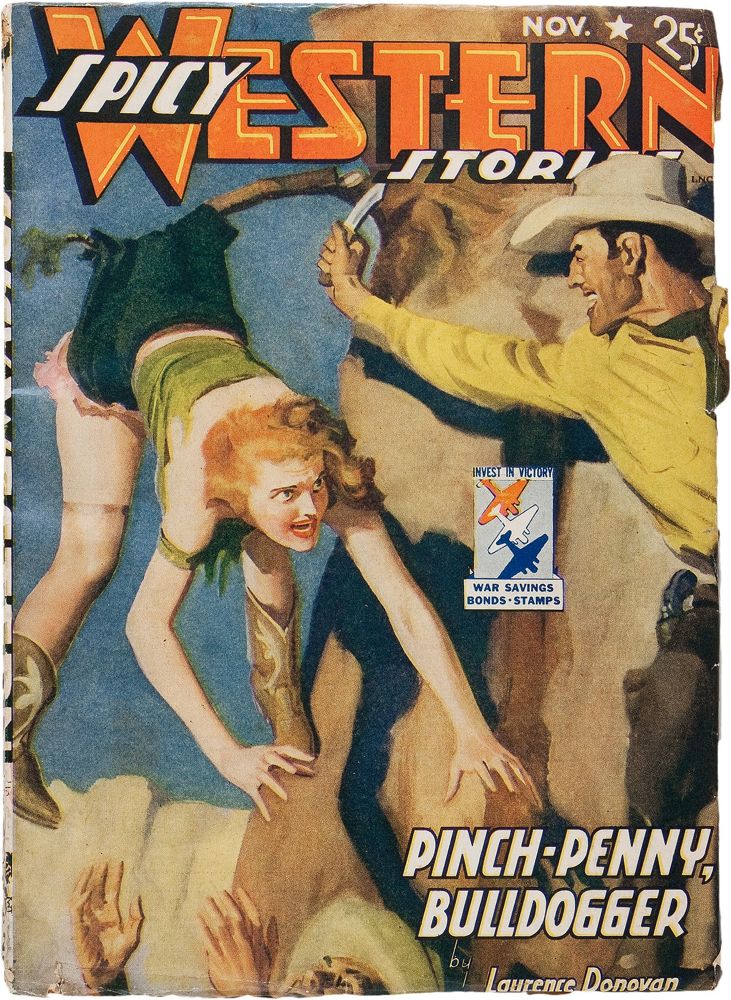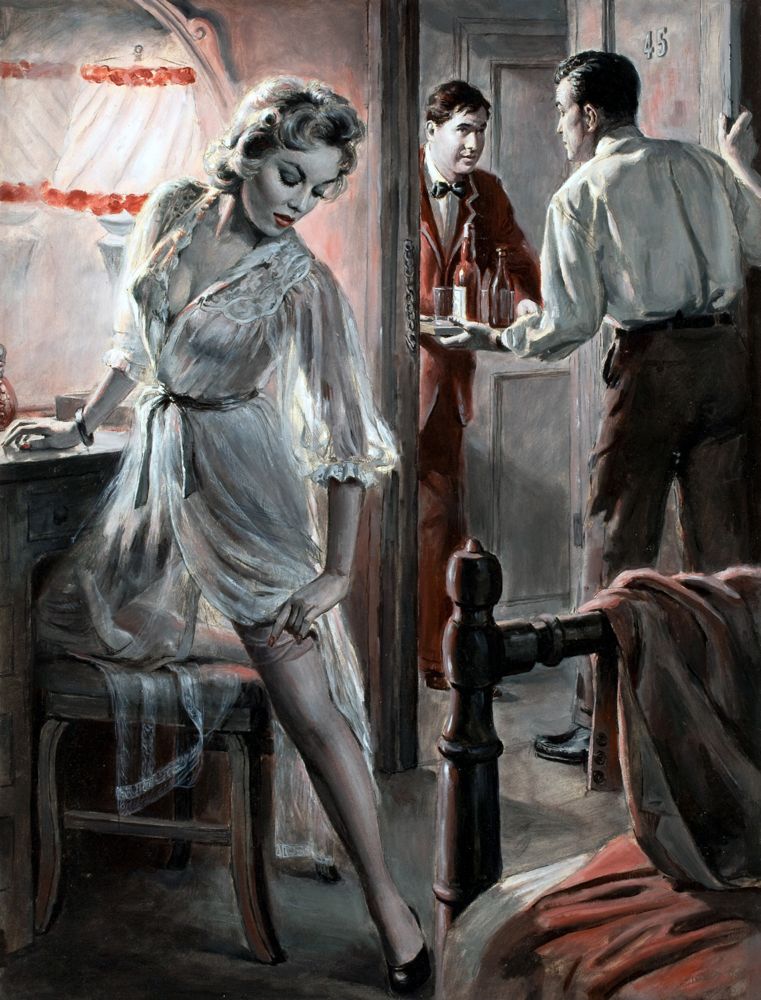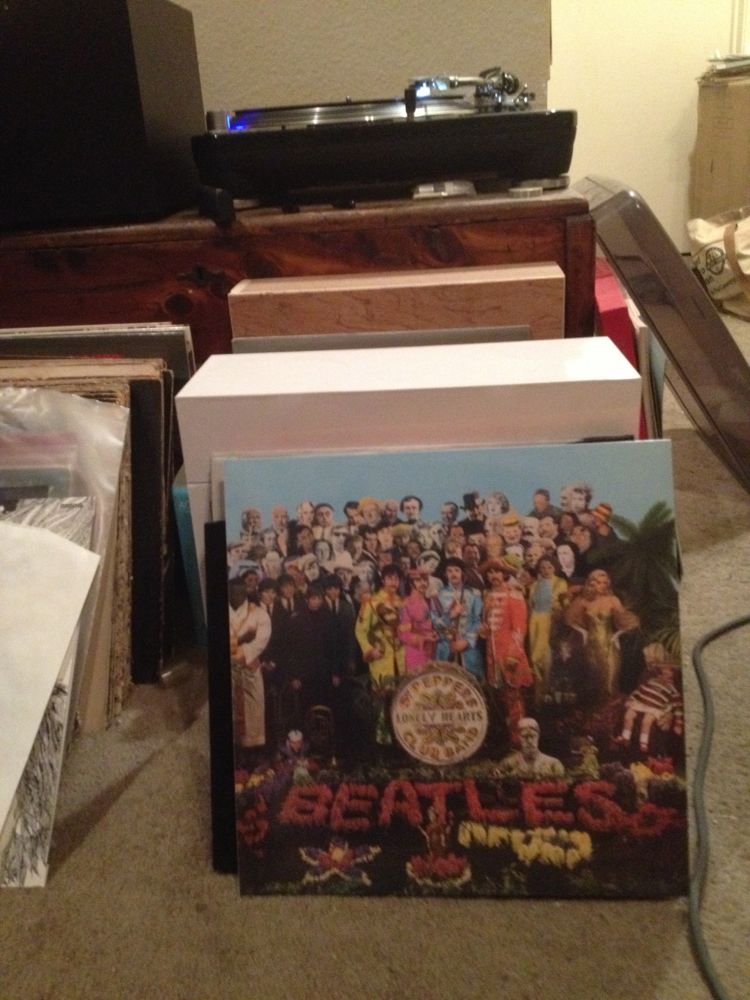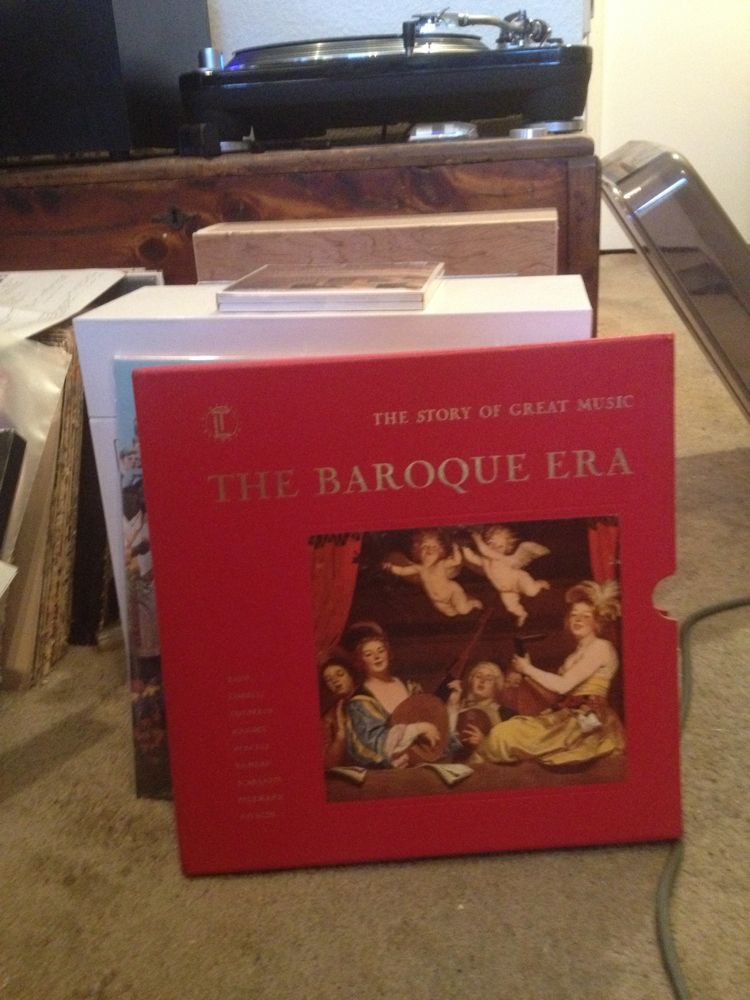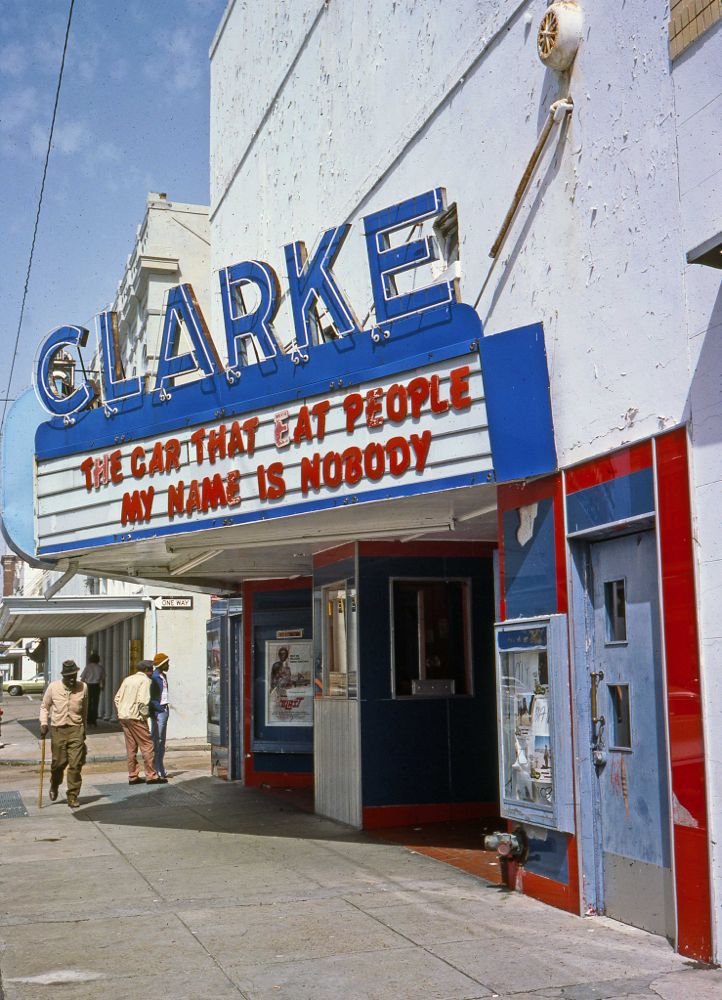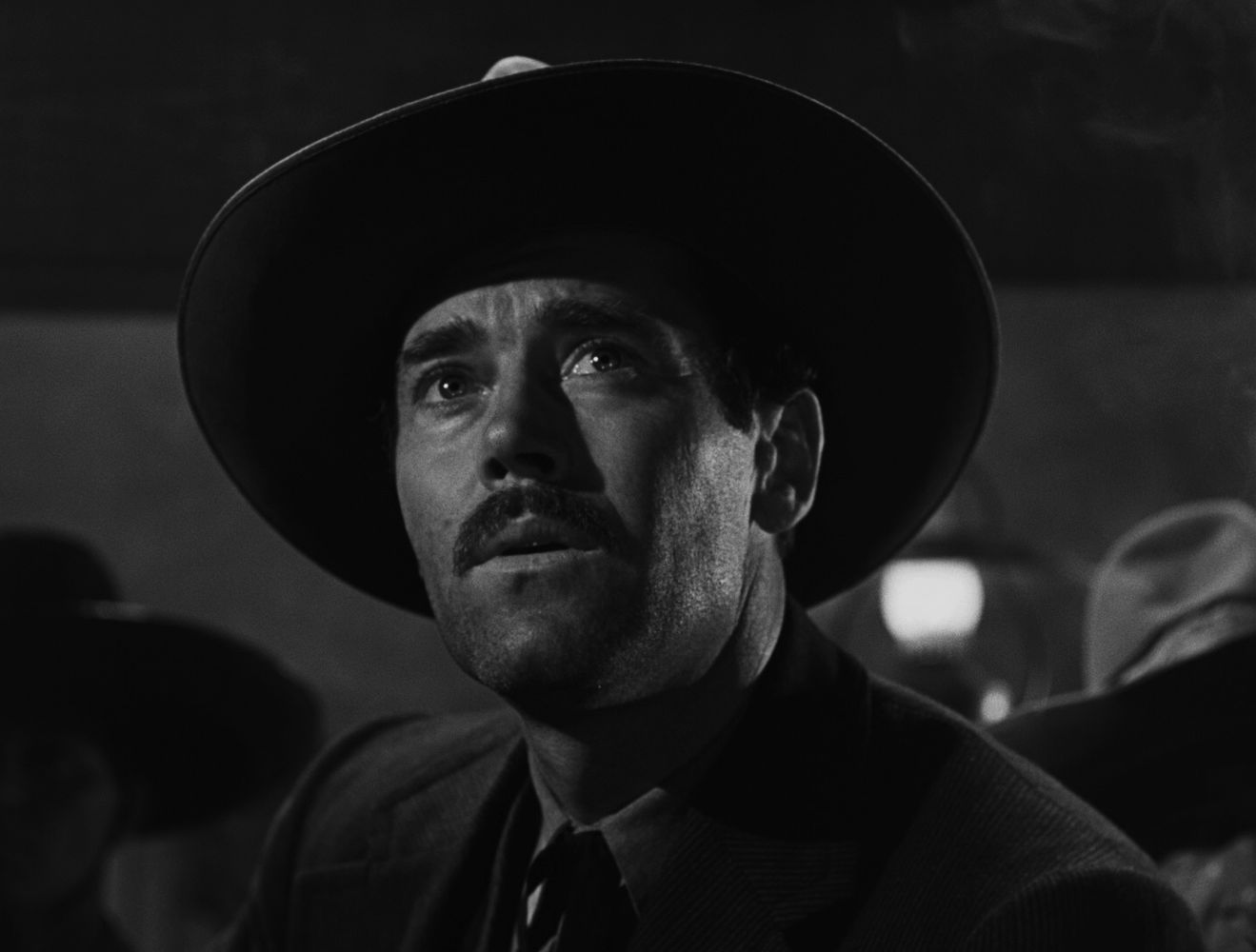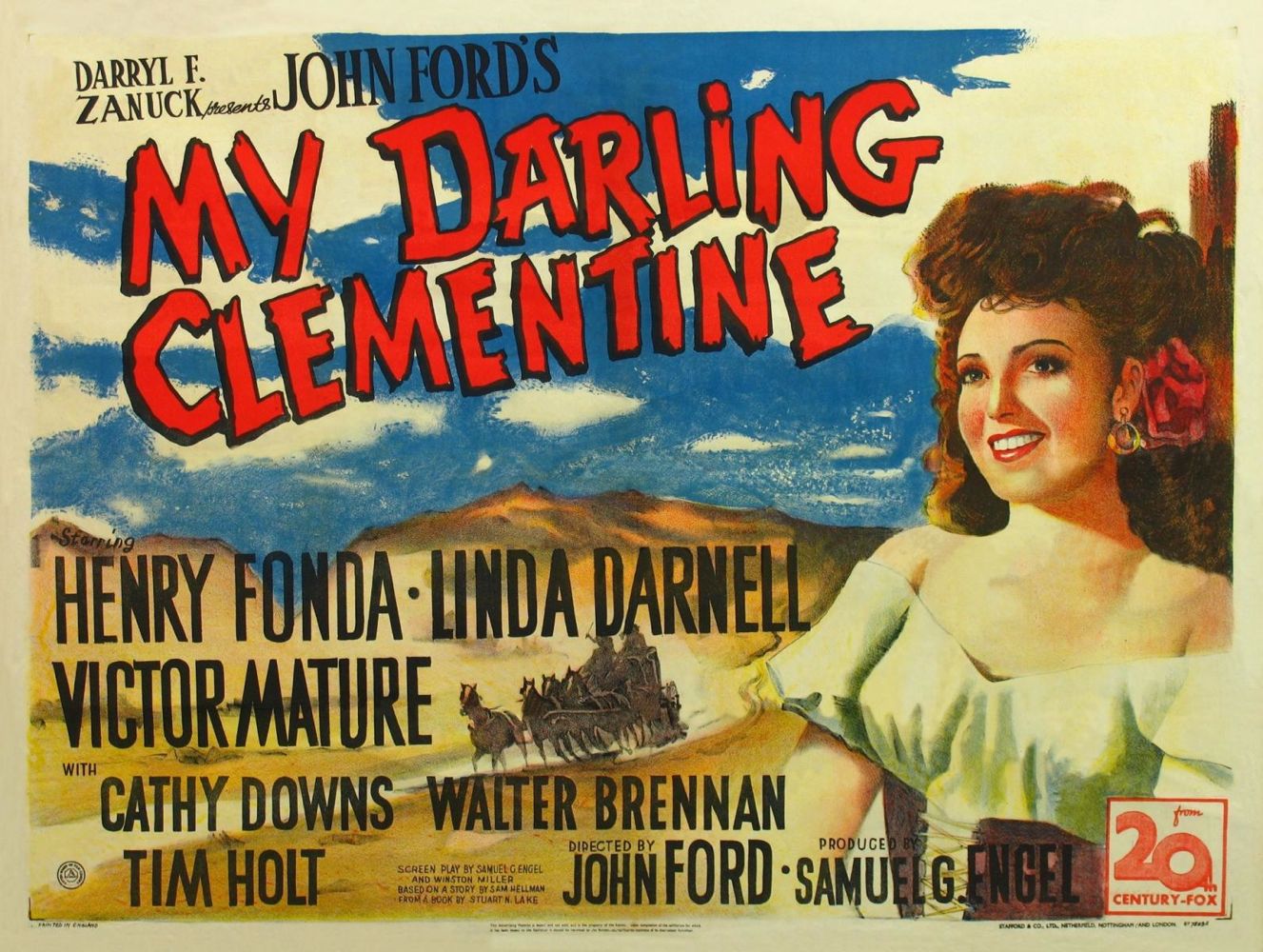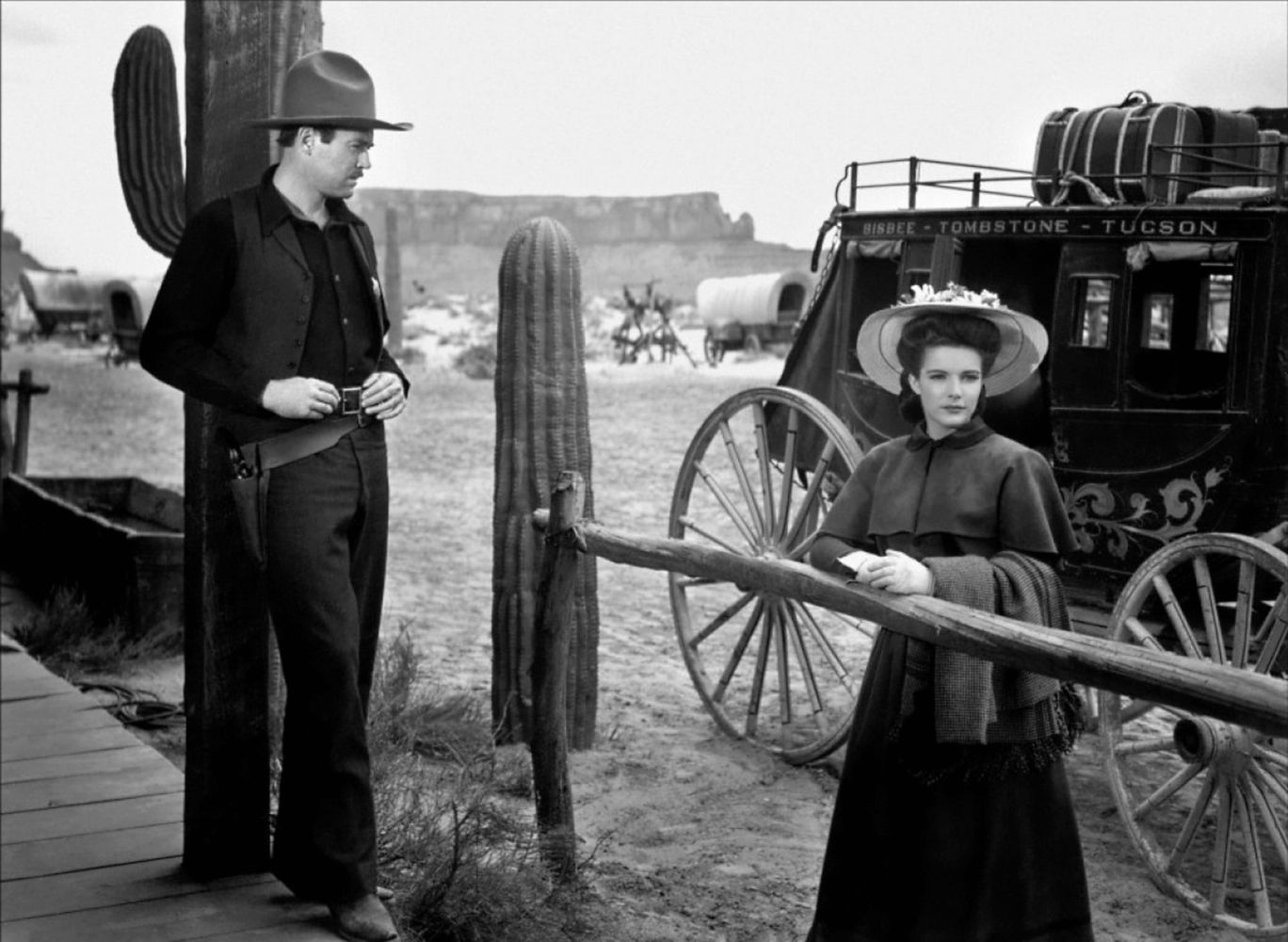Republican arguments against Obama’s recent executive orders on immigration are silly and getting sillier.
There are about eleven million people living in America illegally. We have three choices about how to deal with them.
1) Deport them all immediately. This could probably be done by mobilizing the armed forces and all state National Guard units and sending them door to door with broad NSA-type search warrants and authority to arrest those who can’t produce proof of citizenship. They could then be detained in massive camps while we arranged transportation for them out of the country.
2) Deport them on a more relaxed schedule but still indiscriminately, devoting the same resources to expelling working mothers with American children that we devote to expelling illegals with felony arrest records or gang connections.
3) Deport them according to rational and humane priorities, allowing the un-deported to work while waiting for the final disposition of their cases so they don’t place unnecessary burdens on the state.
That’s it, folks. Any President charged under The Constitution with enforcing the immigration laws must choose one of the above. If you don’t like choice 3, please state which of the first two you prefer, and why.
Choosing to wait for Congress to express a preference is not a viable alternative — the laws already on the books have to be enforced somehow in the meantime.



